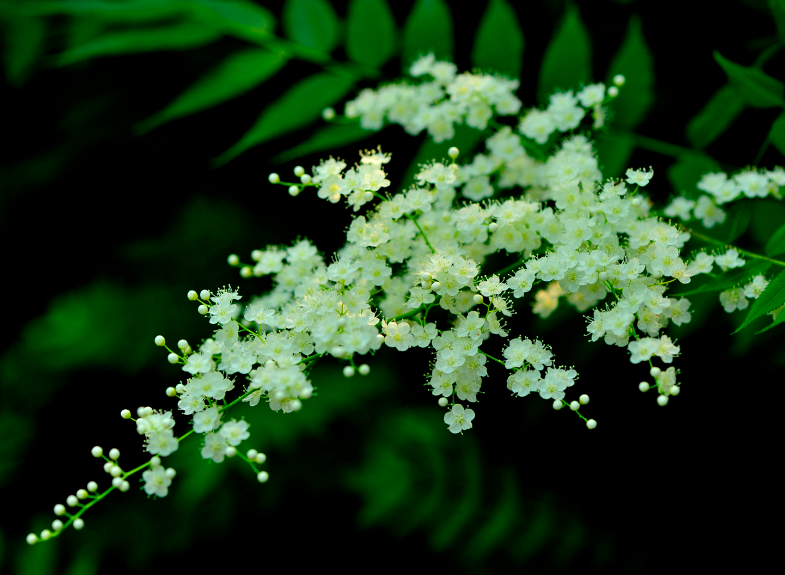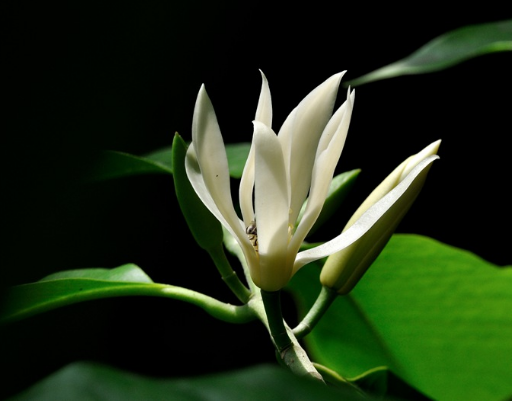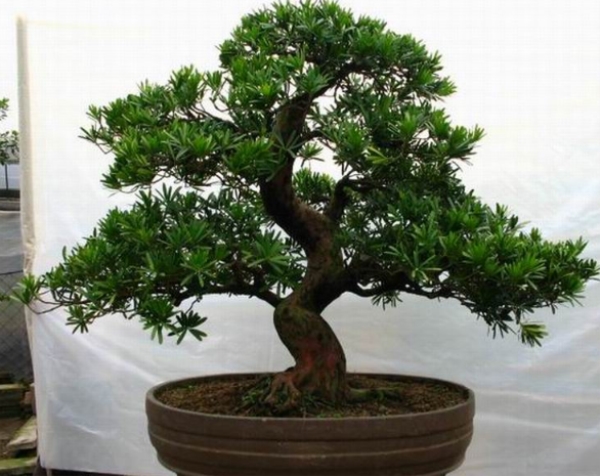Is pearl plum suitable for indoor farming?
Pearl plum can be cultured indoors, but because pearl plum is a shrub plant, it usually needs to change pots and trim roots after a few years of rapid growth, so it is usually used as a bonsai culture, and daily maintenance requires frequent pruning in order to keep the plant shape beautiful. at the same time, control the plant size, so that it will not take up too much indoor space, indoor breeding should also be placed in a place with sufficient light and good ventilation. It is also necessary to maintain sufficient light for 1-2 hours a day, preferably in the morning and evening sunlight, if the lack of light will lead to overgrowth of the plant. So pearl plum can be cultured indoors, but it is not particularly suitable, indoor culture requires higher culture skills, and it is not easy to raise well, so it is better for flower friends who come into contact with pearl plum for the first time.

Pearl plum is suitable for indoor farming is introduced here, then what are its functions do you know? Let's get to know it.
What about the rotten roots of pearl plum? the reason for the rotten roots of pearl plum is eliminated.
Pearl plum is a very beautiful indoor bonsai. Pearl plum will have rotten roots if it is not handled properly in the process of conservation. Flower friends all know that once any kind of plant has rotten roots, it will die if it is not dealt with in time. Pearl plum is the same, the following is Pearl Plum rotten root problem investigation and pearl plum root rescue treatment.
Elimination of root rot causes of Pearl Plum 1. Root rot caused by too much watering
We all know that Pearl Plum is resistant to barren and drought, indoor pot conservation must be taken care of, there is no doubt that the water is too big. To ask how those flowers die, they are absolutely loved. Too much water will lead to rotting roots of pearl plum.
2. Rotting roots caused by diseases and insect pests
Domestic pearl plum is much more delicate than outdoor, the environment with high temperature and humidity is more prone to the growth of bacteria, prone to diseases and insect pests, insect pests will also cause pearl plum withered and rotten roots.
3. lack of fertilizer or fertilizer damage leads to rotting roots.
Pearl plum needs certain nutrients for normal growth, when the plant lacks phosphorus and nitrogen fertilizer, the root growth is poor, resulting in rot; in addition, too much fertilizer, the root grows in deep water for a long time, breathing is limited, root burning rot. Therefore, no matter how fat or little it is, it will inhibit the growth of Pearl Plum, no more, no less, just right!
The treatment method of rotten root of Pearl Plum 1. Trim the root of Pearl Plum
Pearl plum rotten roots can be repaired, and sprinkled with carbendazim or topazine powder, two hours later put on new soil, re-planting.
2. Minimize watering (water quantity control)
Water thoroughly two hours after planting, control and indoor dark and ventilated place to dry, wait until dry, put in the sunny ventilation position, the recent time is not suitable for the sun. Wait until later watering until the basin soil is dry before watering, do not water the dripping with damp feeling, and then watering after drying is not easy to rot the root.
Culture methods of Pearl Plum in North China
Pearl plum in North China is not strict on the soil, cultivation is relatively easy to survive, has strong drought tolerance, cold tolerance, exuberant growth. Can be combined with plastic modeling for 3 or 4 times a year, or cut short, can achieve plump branches, beautiful shape.
The seeds were collected from September to October every year, and the fruit was placed in a ventilated and cool room, dried in the shade, rubbed gently, removed the seed shell and impurities, and stored in a paper bag.
Rake the ground flat and fine, sow the seed mixture, cover the thin soil after sowing, preferably humus soil, and then spray water with a spray pot to closely combine the seeds with the soil. After sowing, sprinkle water once or twice a day, raise seedlings in open field for 3 or 5 days, and keep the soil moist at seedling stage. The height of one-year-old seedlings is 5~15cm, while that of two-year-olds can grow to about 50cm. Two-year-old transplant, row spacing 40cm × 60cm, 4-5 years old out of the nursery.
In April, the cuttings were cut on the sturdy branches, the length of the cuttings was 10~15cm, the upper end was cut flat, the lower end was cut into horseshoe shape, and the incision was smooth. In bundles, the lower end was soaked in ABT1 solution with a concentration of 100mg/kg for 1 hour. The cuttings were vertically inserted into the soil and retained about 1cm on the surface, and the plant-row spacing was 10cm × 30cm. Water thoroughly immediately after insertion, once a week or twice a week, loosen the soil and weed in time.
Cuttings usually take root and sprout in 20-30 days. The height of hardwood cuttings can generally reach 30~50cm in the same year, and transplant in the spring of the second year, the row spacing is 40cm × 60cm, cut dry when transplanting to promote branching. After planting for 2-3 years, the plant height can reach more than lm, and 5-10 branches per clump can come out of the nursery.
- Prev

Culture method of white orchid
The soil of white orchid should be loose and fertile, drained and breathable and rich in humus. The granular soils with different shapes have better permeability and drainage. The selection of flowerpots is also marked with good air permeability, and mud pots, purple sand pots and plastic pots with many bottom holes can be selected.
- Next

Matters needing attention in culture of Luohansong
Because Luohan pine has developed root system, strong germination, green branches and green leaves in four seasons, it needs to consume a lot of nutrients in the growth process of one year. If cultured for two years, the basin wall is basically covered with fibrous roots, and the soil fertility is basically exhausted. Therefore, in the process of its growth, the basin must be changed frequently to maintain the supply of nutrients.
Related
- Fuxing push coffee new agricultural production and marketing class: lack of small-scale processing plants
- Jujube rice field leisure farm deep ploughing Yilan for five years to create a space for organic food and play
- Nongyu Farm-A trial of organic papaya for brave women with advanced technology
- Four points for attention in the prevention and control of diseases and insect pests of edible fungi
- How to add nutrient solution to Edible Fungi
- Is there any good way to control edible fungus mites?
- Open Inoculation Technology of Edible Fungi
- Is there any clever way to use fertilizer for edible fungus in winter?
- What agents are used to kill the pathogens of edible fungi in the mushroom shed?
- Rapid drying of Edible Fungi

